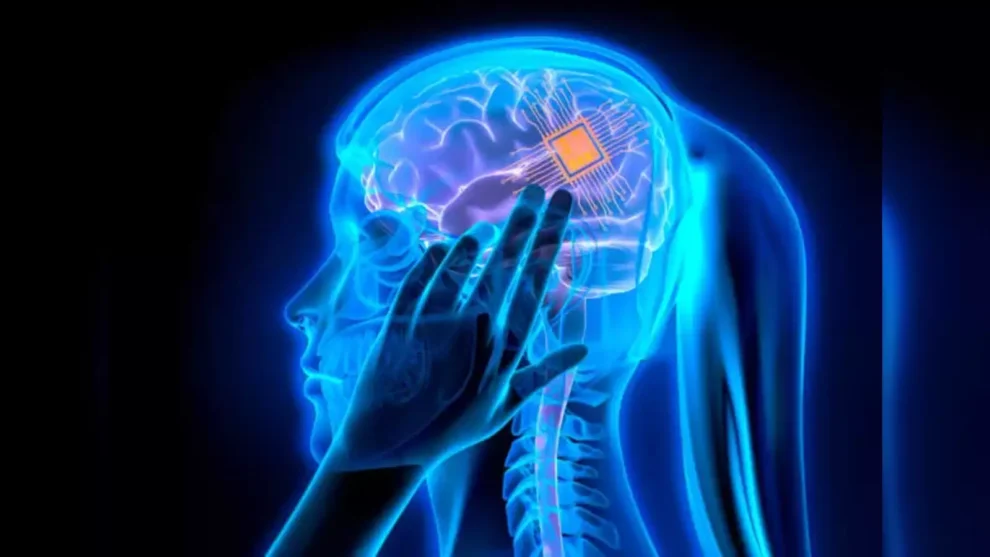Neuralink, Elon Musk’s ambitious brain-computer interface company, has recently made headlines with the implantation of its first device in a human patient, marking a significant milestone in neurotechnology. However, this pioneering step has not been without its controversies and challenges.
Neuralink’s First Human Trial
In January 2024, Neuralink successfully implanted its brain-computer interface, named “Telepathy,” into a 29-year-old quadriplegic man from Texas. This groundbreaking procedure was designed to allow the patient to control digital devices through thought alone. Initial demonstrations showed the patient playing online chess, showcasing the device’s capability to translate brain activity into computer commands.
Technological Innovations and Challenges
The Neuralink implant involves inserting ultra-thin wires into the brain via a robotic surgery, aiming to capture neuron activity and translate it into commands for digital devices. Despite the technological sophistication, the procedure carries inherent risks such as potential brain damage, and the long-term viability of the implant remains uncertain.
Ethical and Safety Concerns
Neuralink’s trials have sparked a mix of optimism and concern. The potential to restore mobility and communication for individuals with severe disabilities offers a hopeful future. However, the company has faced scrutiny over the ethical implications of its experiments, particularly concerning patient safety and consent. Previous investigations into the company’s animal testing and the sudden departure of several executives have also cast a shadow over its operations.
Looking Ahead: Neuralink’s Roadmap
The success of Neuralink could revolutionize the field of neurotechnology by enabling new forms of human-computer interaction. However, it faces stiff competition from other companies like Synchron, which are also advancing in the brain-computer interface sector. Neuralink will need to navigate these competitive waters while addressing the ethical and safety concerns that have arisen.
As Neuralink continues to develop and refine its technologies, the focus will be on ensuring that the benefits outweigh the risks. The path forward will require rigorous testing, transparent communication, and a commitment to ethical standards to ensure that this new frontier of technology can safely and effectively enhance human capabilities.


























Add Comment